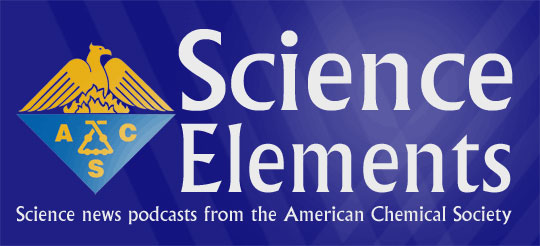| |||||||||||
|

Breast cancer detectionEmbargoed: Monday, March 26, 10:00 a.m., Central Time Researchers at Harvard Medical School are working on a new, simpler way to detect malignant breast tumors. The new technique could help doctors make a diagnosis within minutes and determine if biopsies are needed. The work was reported at the national meeting of the American Chemical Society in Chicago. The scientists say the approach may be most useful for monitoring women who have dense breast tissue, and would be used to supplement, not replace, mammograms. Mammography is still considered the “gold standard” for early detection of breast cancer, but studies show that traditional mammograms may miss 10 to 20 percent of breast cancers, especially if the tumor is buried in dense tissue. I’m Marvin Coyner in Washington for the American Chemical Society – improving people’s lives through the transforming power of chemistry. |
|||||||||||||||||
All Rights Reserved. Terms of Use | Privacy Policy | Feedback | Au sujet de la ACS | Acerca de la ACS |
||||||||||||||||||





